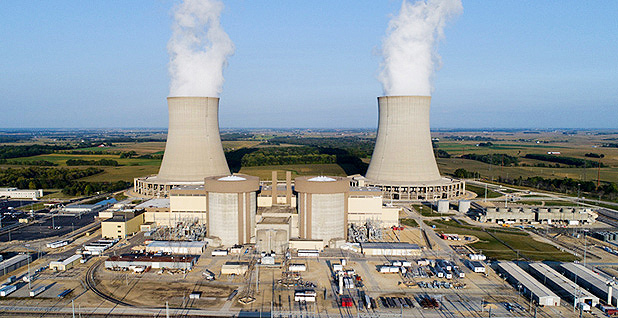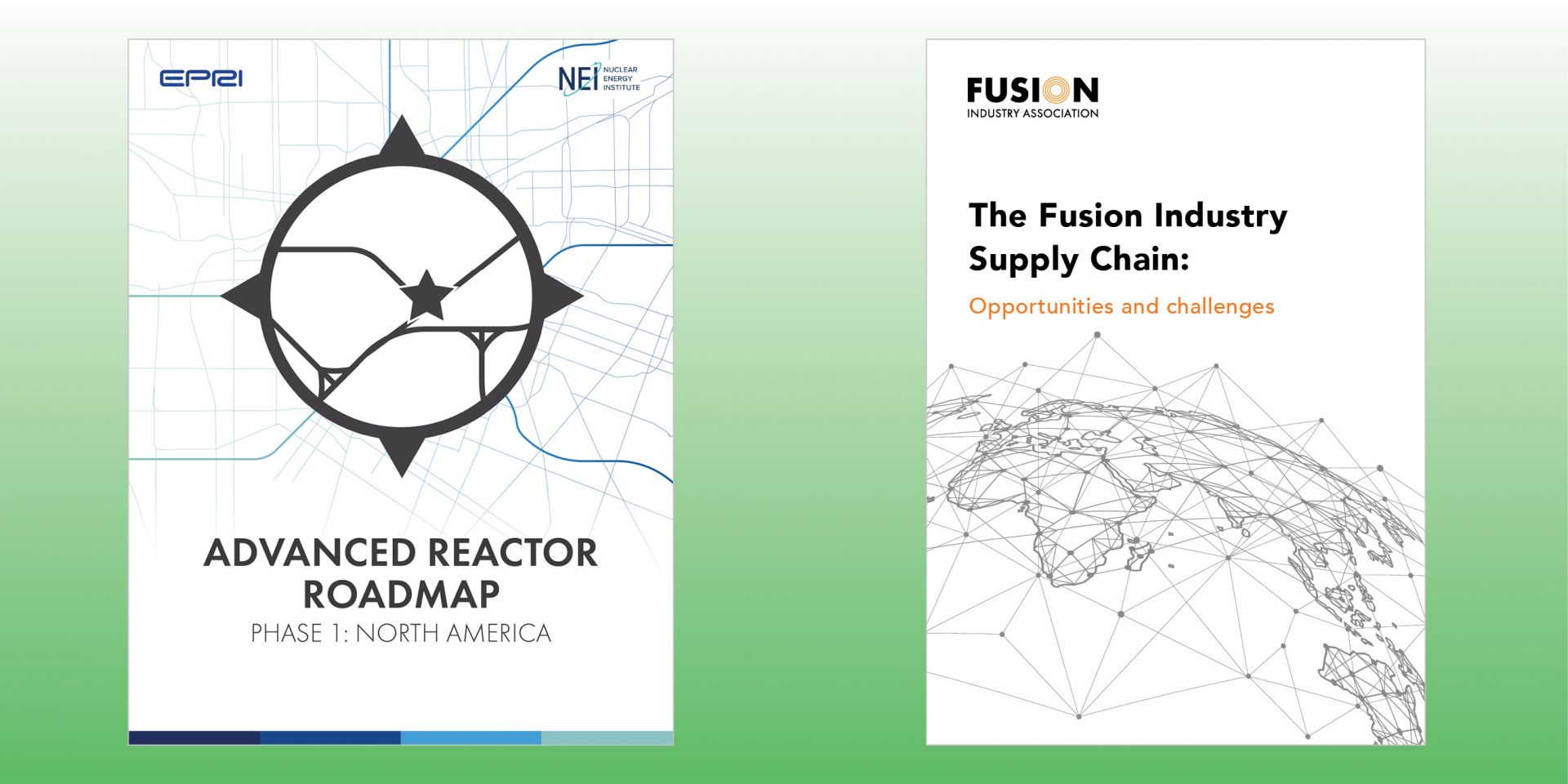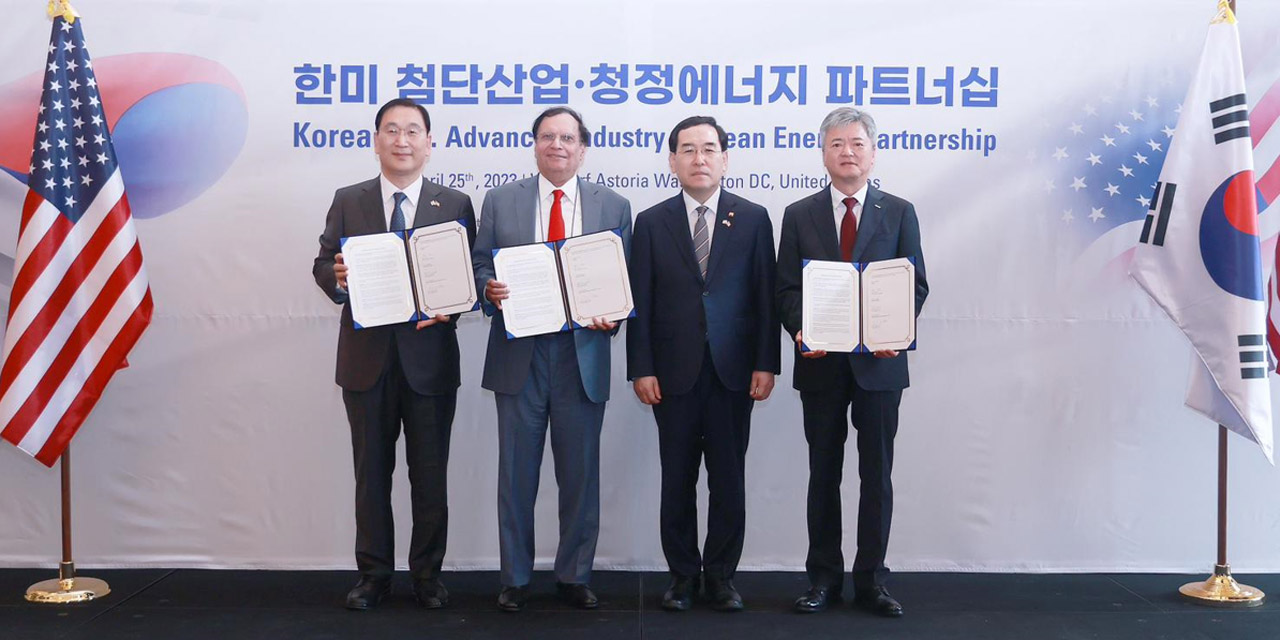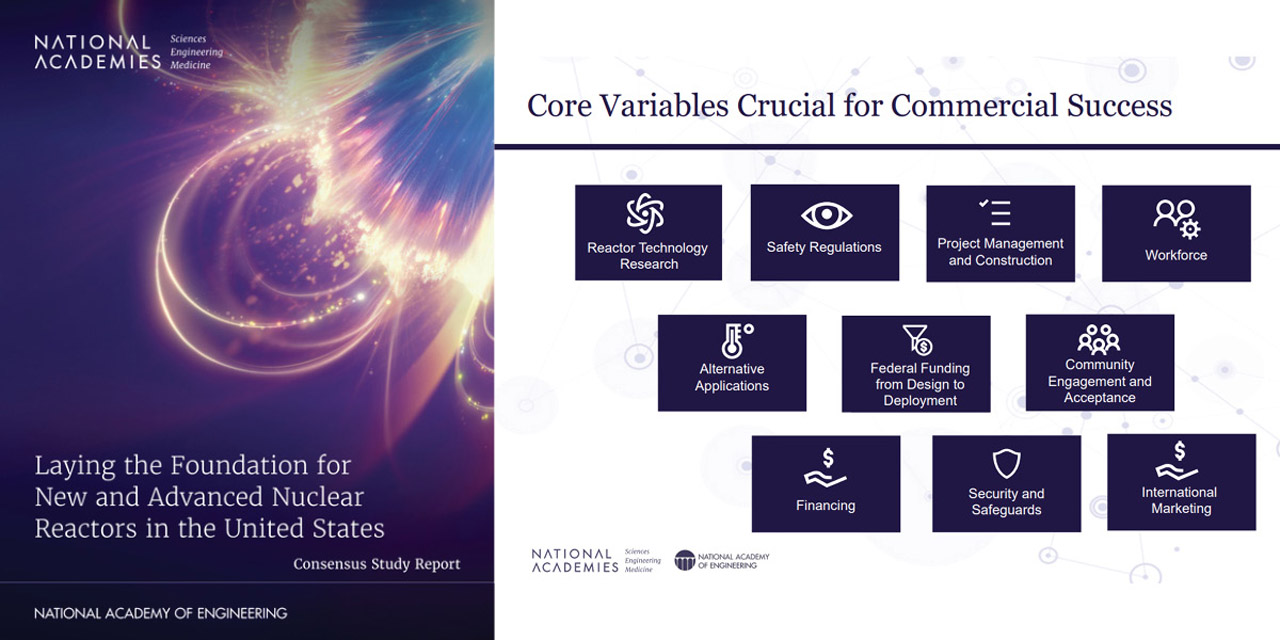The Byron nuclear power plant. (Photo: Constellation Energy)
Constellation Energy has announced an agreement with Commonwealth Edison (ComEd), Illinois’s largest electric utility, to power the latter’s 54 offices and metered facilities with locally produced nuclear energy, 24/7.
Bruce Power operations staff synchronizes Unit 6 to the Ontario electrical grid on September 8. (Photo: Bruce Power)
The ongoing major component replacement (MCR) project at Ontario’s Bruce nuclear power plant reached another milestone last Friday with the reconnection to the grid of the facility’s Unit 6 reactor. According to a release from plant operator Bruce Power, the work was completed ahead of schedule and on budget despite the challenges of the COVID-19 pandemic.
The Palisades nuclear power plant.
Holtec International’s ongoing effort to repower Michigan’s closed Palisades nuclear plant made progress this week with the signing of a power purchase agreement (PPA) between the firm’s Holtec Palisades Energy LLC subsidiary and Wolverine Power Cooperative, a not-for-profit energy provider to the rural communities across Michigan.
From left: Vogtle Units 3 and 4 in July. (Photo: Georgia Power)
Georgia Power has signed a proposed agreement with the Georgia Public Service Commission’s (PSC’s) Public Interest Advocacy (PIA) staff and several intervening parties on the total amount the utility should be allowed to recover from ratepayers for the remaining costs associated with the Vogtle-3 and -4 nuclear expansion project. If adopted by the commissioners, the agreement will resolve all issues of the project’s prudency review, according to an August 30 PSC news release.
The Vogtle-4 reactor cavity in July. (Photo: Georgia Power)
Georgia Power has begun the process of loading fuel into the Vogtle plant’s Unit 4 reactor, the company announced yesterday, marking another pivotal milestone toward commercial operation of the second of the facility’s two new units.
President Biden and Prime Minister Sunak chatted in the Oval Office last week during meetings to announce the Atlantic Declaration for a Twenty-First Century U.S.-U.K. Economic Partnership. (Source: Twitter/Rishi Sunak)
At a joint press conference in the White House East Room last week, President Biden and U.K. Prime Minister Rishi Sunak—in Washington for two days of discussions with the president, members of Congress, and business leaders—debuted a new bilateral agreement dubbed the Atlantic Declaration for a Twenty-First Century U.S.-U.K. Economic Partnership.
President Biden met with the leaders of Canada, France, Germany, Italy, Japan, and the United Kingdom at the G7 Summit, held May 19–21 in Hiroshima, Japan. (Also pictured are representatives of the European Commission and European Council.)
On the sidelines of the G7 summit in Hiroshima, Japan, over the weekend, the Biden administration and partners Japan, South Korea, and the United Arab Emirates announced a public-private commitment of up to $275 million to support the advancement of NuScale Power’s small modular reactor project in Romania.
A still from a video posted by MIT that illustrates the air pollution that would be generated over one year by a grid with no nuclear power. (Credit: MIT)
Nuclear power is the single largest source of clean energy in the United States, but how can the value of “clean” be measured? Two recent reports by researchers at the Massachusetts Institute of Technology and Pacific Northwest National Laboratory, respectively, measured the clean energy benefits of nuclear energy in different ways: the benefits to human health from the air pollution avoided and the future economic value of avoided carbon emissions.
From left: Hyundai E&C president and CEO Young-joon Yoon, Holtec president and CEO Kris Singh, South Korean minister of trade, industry and energy Chang-yang Lee, and K-Sure president and chairman Inho Lee. (Photo: Holtec)
Two South Korean financial institutions—the Korea Trade Insurance Corporation (K-Sure) and the Export-Import Bank of Korea (KEXIM)—have signed pacts with Holtec International and Hyundai Engineering & Construction (a Hyundai Motor Group subsidiary) to provide support to Holtec’s SMR-160 projects around the world, the American firm announced on May 2.
This slide on the right from the consensus committee’s public briefing identifies 10 core variables that are important to the success of advanced reactor deployments. (Image: NASEM, Laying the Foundation for New and Advanced Nuclear Reactors in the United States)
The ministers representing their respective nations as the statement on civil nuclear fuel cooperation was announced were (from left) Jonathan Wilkinson, minister of natural resources of Canada; Yasutoshi Nishimura, Japan’s minister of economy, trade, and industry; Jennifer Granholm, U.S. energy secretary; Grant Shapps, U.K. energy security secretary; and Agnes Pannier-Runacher, French minister for energy transition.
A civil nuclear fuel security agreement between the five nuclear leaders of the G7—announced on April 16 on the sidelines of the G7 Ministers’ Meeting on Climate, Energy and Environment in Sapporo, Japan—establishes cooperation between Canada, France, Japan, the United Kingdom, and the United States to flatten Russia’s influence in the global nuclear fuel supply chain.










 Both current and advanced nuclear are among the clean energy sources that will be
Both current and advanced nuclear are among the clean energy sources that will be 






